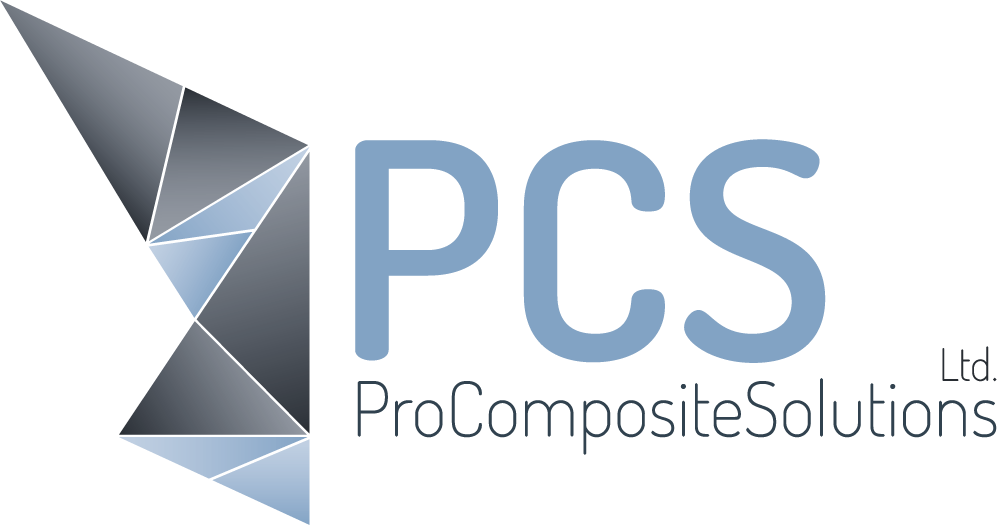We at PCS are frequently asked – What is difference in fire performance between: EN13501- A2-s1-do and A1 rated Aluminum.
With a growing fear in the UK of ACM cladding, to answer this we have laboratory testing of all 3 core types of Aluminum Composite Materials vs Solid pre-coated 3mm A1 material.
Using (ACP / ACM) cores in PE, FR, A2 vs Solid 3mm A1 Aluminum.
All panels are fabricated into the same dimension cassette, set to a solid steel rig exposed directly to a flame at a consistent temperature of 1500°C.
Samples used:
Left:
Top: 4mm (0.5) EN13501 – D Core (PE / Polyethene core)
Bottom: 4mm (0.5) EN13501 – B1 Core (non-contribution to fire)
Right:
Top: 4mm (0.5) EN13501 – A2 Core (Mineral / non-combustible)
Bottom: 3mm – Precoated – A1 no core (non-combustible)
As you can clearly see from the test these 4 variations all perform differently in terms of longevity under direct fire.
- 4mm (0.5) D Core – After 20 seconds the panel ignites, the flame penetrates the panel and plastic drips to the ground with an intense level of smoke.
- 3mm Solid A1 No Core – After 55 seconds the panel melts and is penetrated by the flame resulting in hot liquid aluminum falling to the ground.
- 4mm (0.5) B1 Core – After 18 minutes the B1 core disintegrates and the flame penetrates the panel debris of the part mineral core and outer skin falls, but panel does not ignite.
- 4mm (0.5) A2 Core – After 25 minutes the mineral core remains intact like concrete and although some smoke (s1) only the 0.5 skin falls.
We were very surprised to find that the 3mm solid material melted and gave no structure or barrier once the flame had penetrated the panel. The melt point of Aluminum starts from 660.3°C and turns to liquid.
In summary the flame does not penetrate the A2 Mineral core, acting as a fire barrier deterring intense heat. If secured properly the panel continues to remain fixed to the rails.

